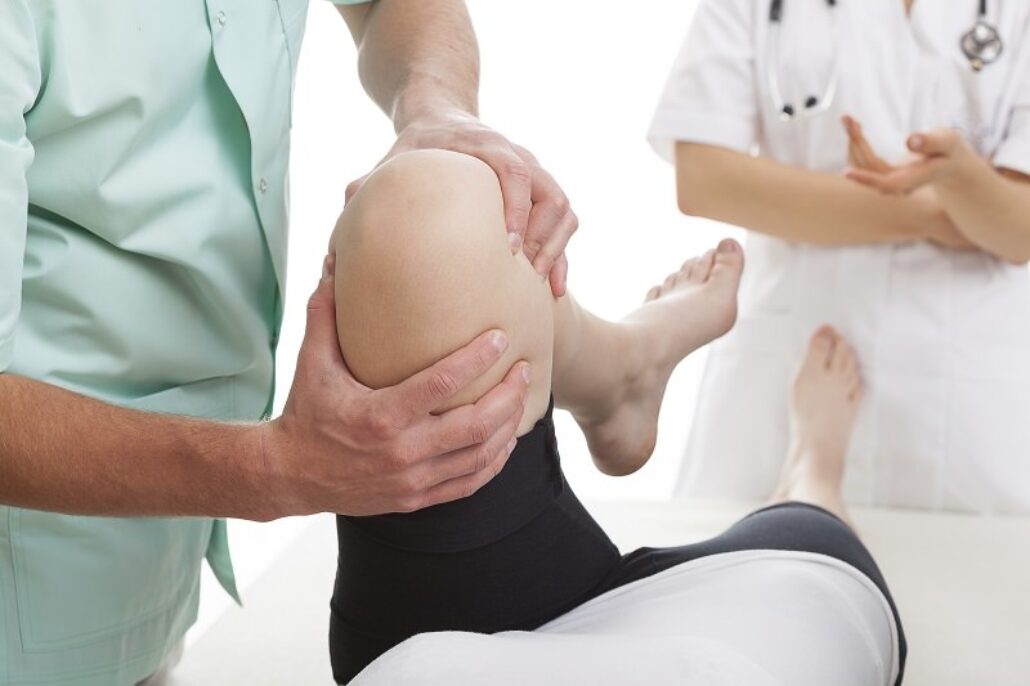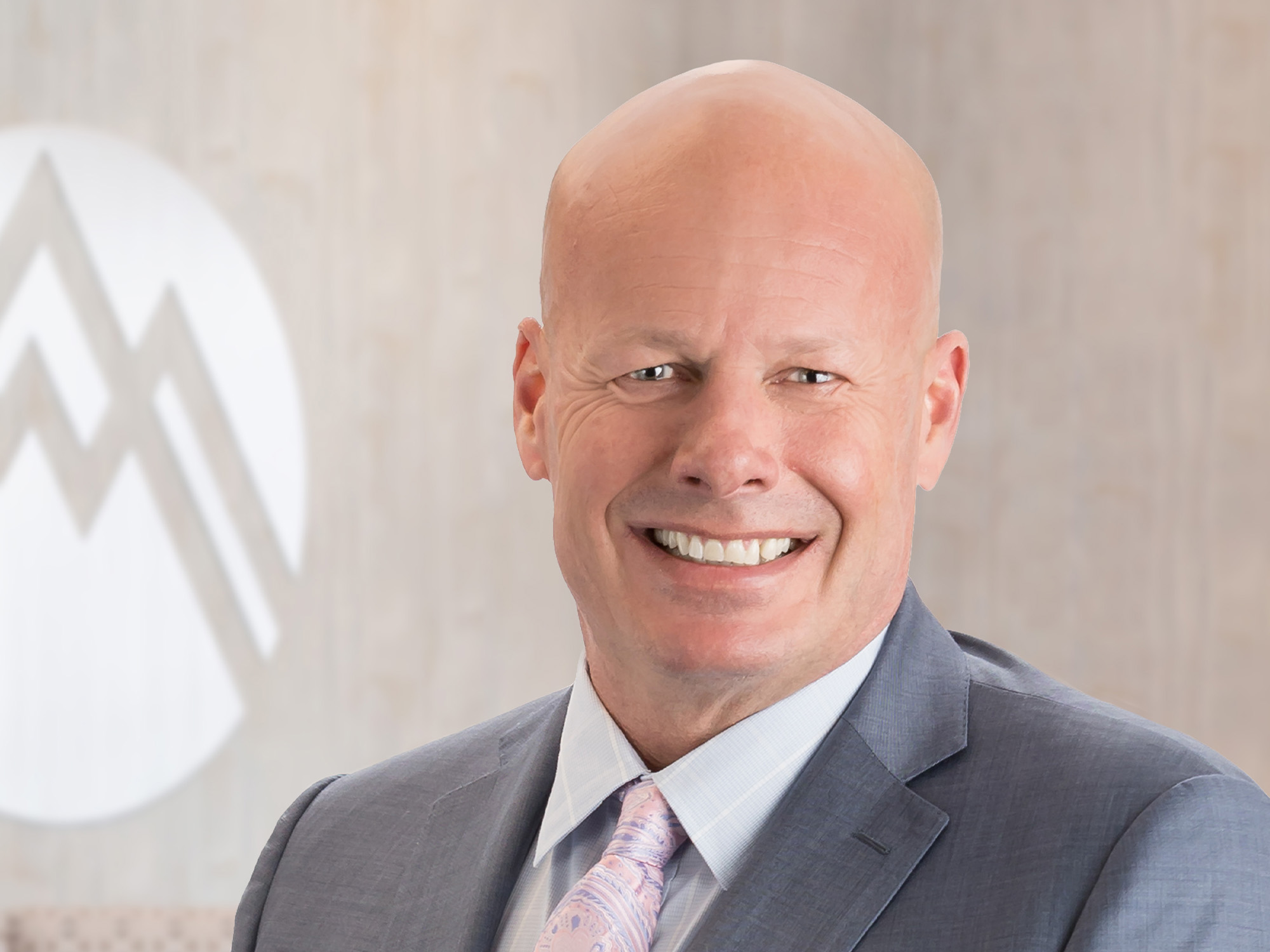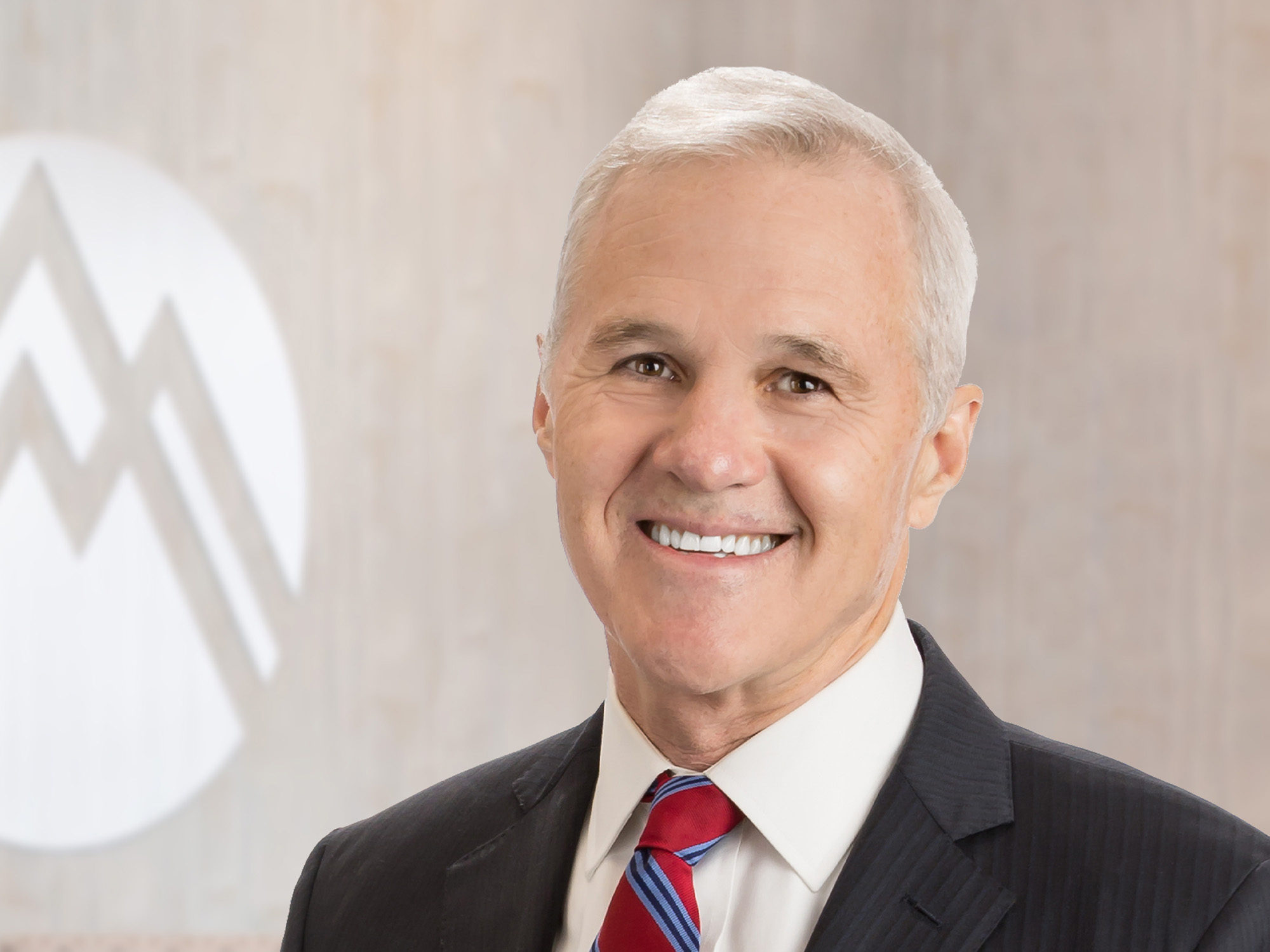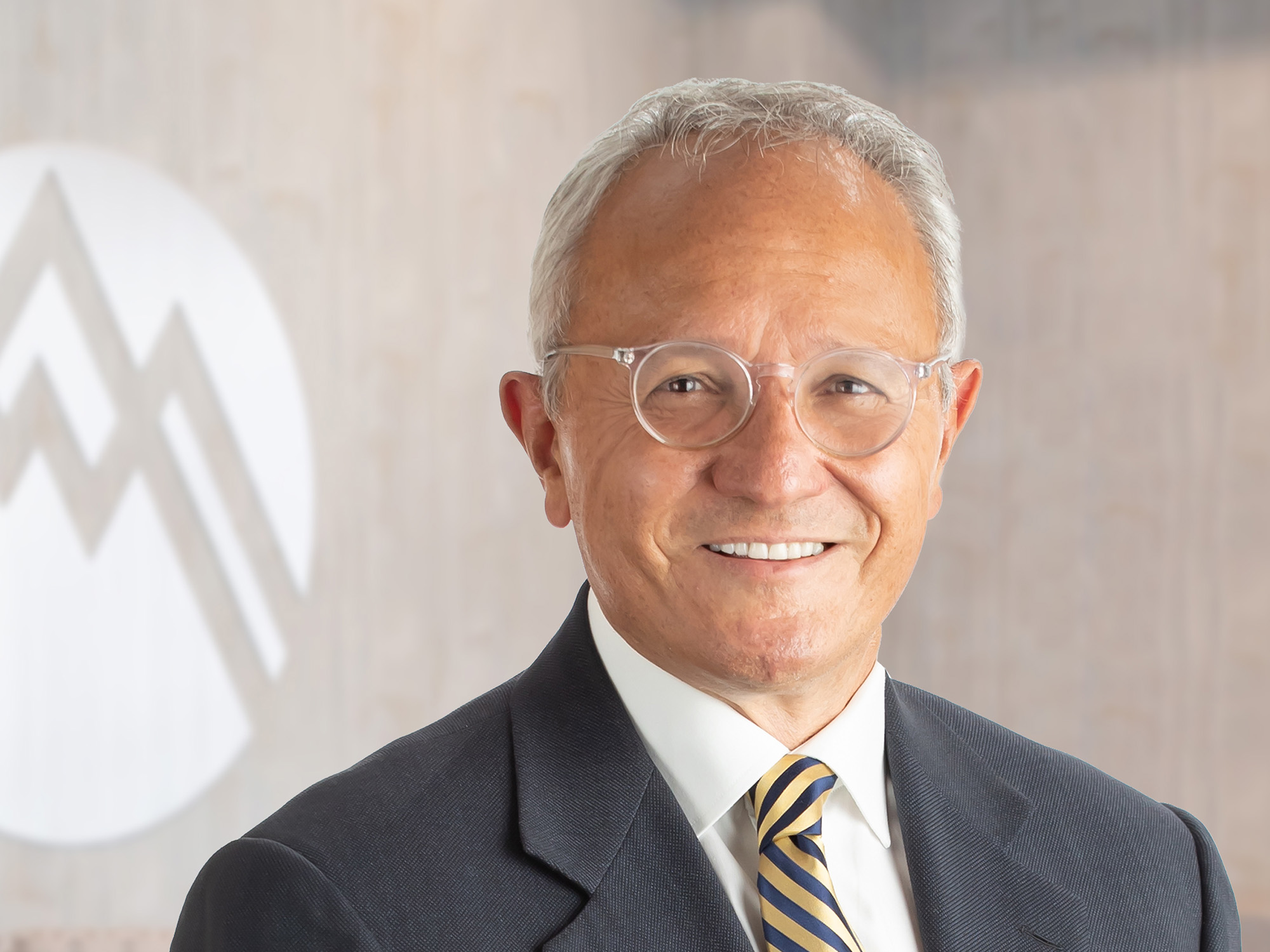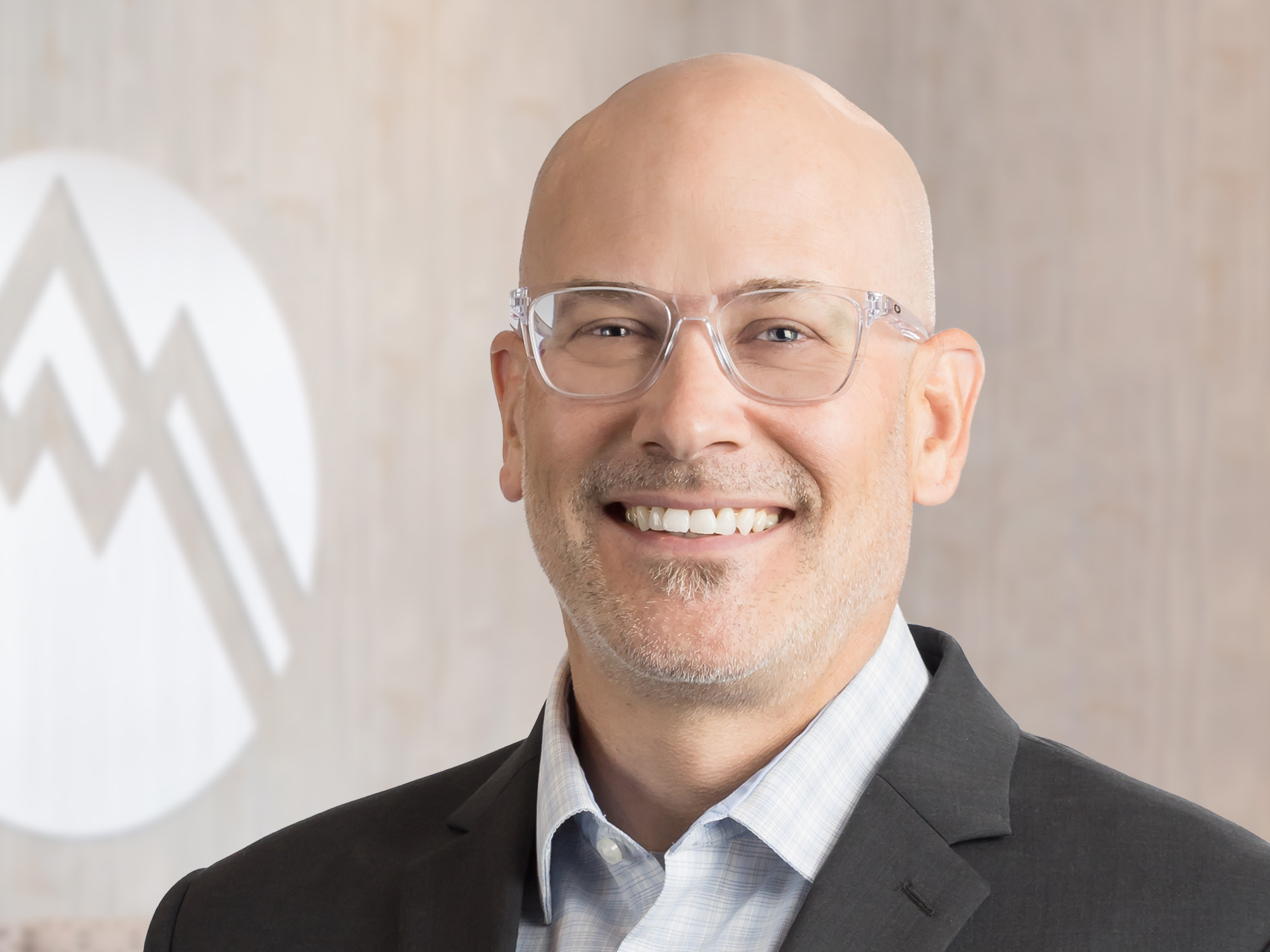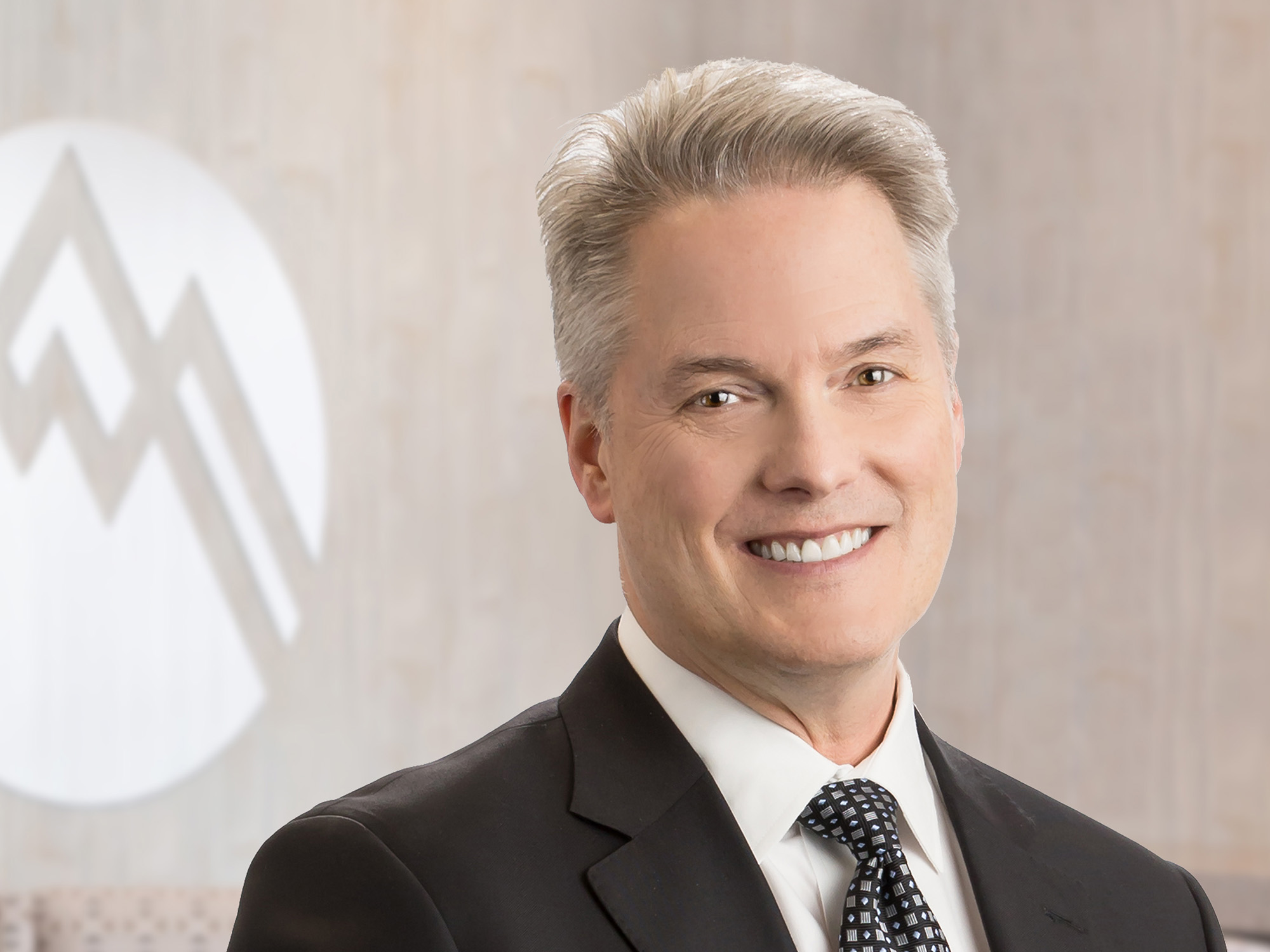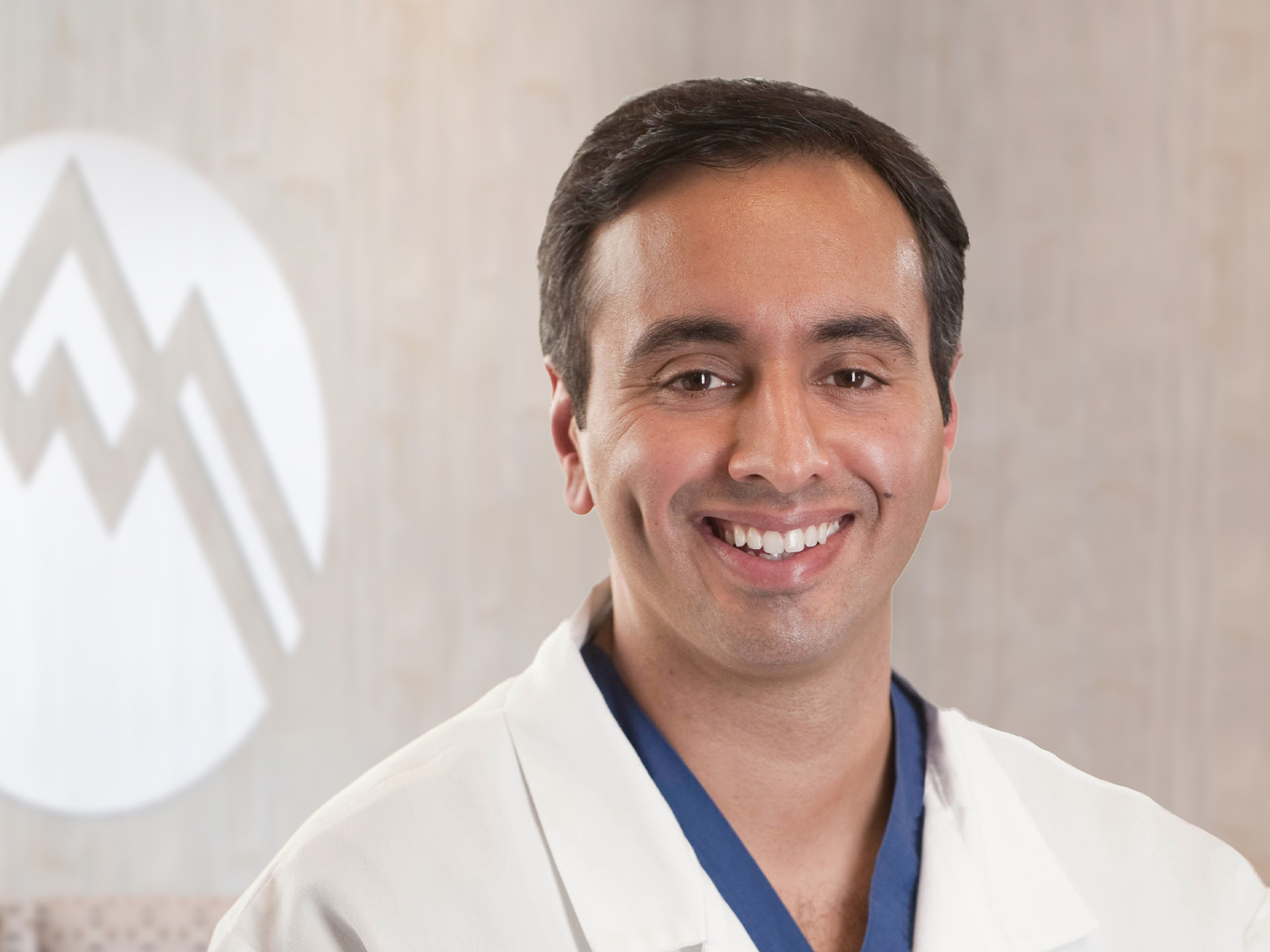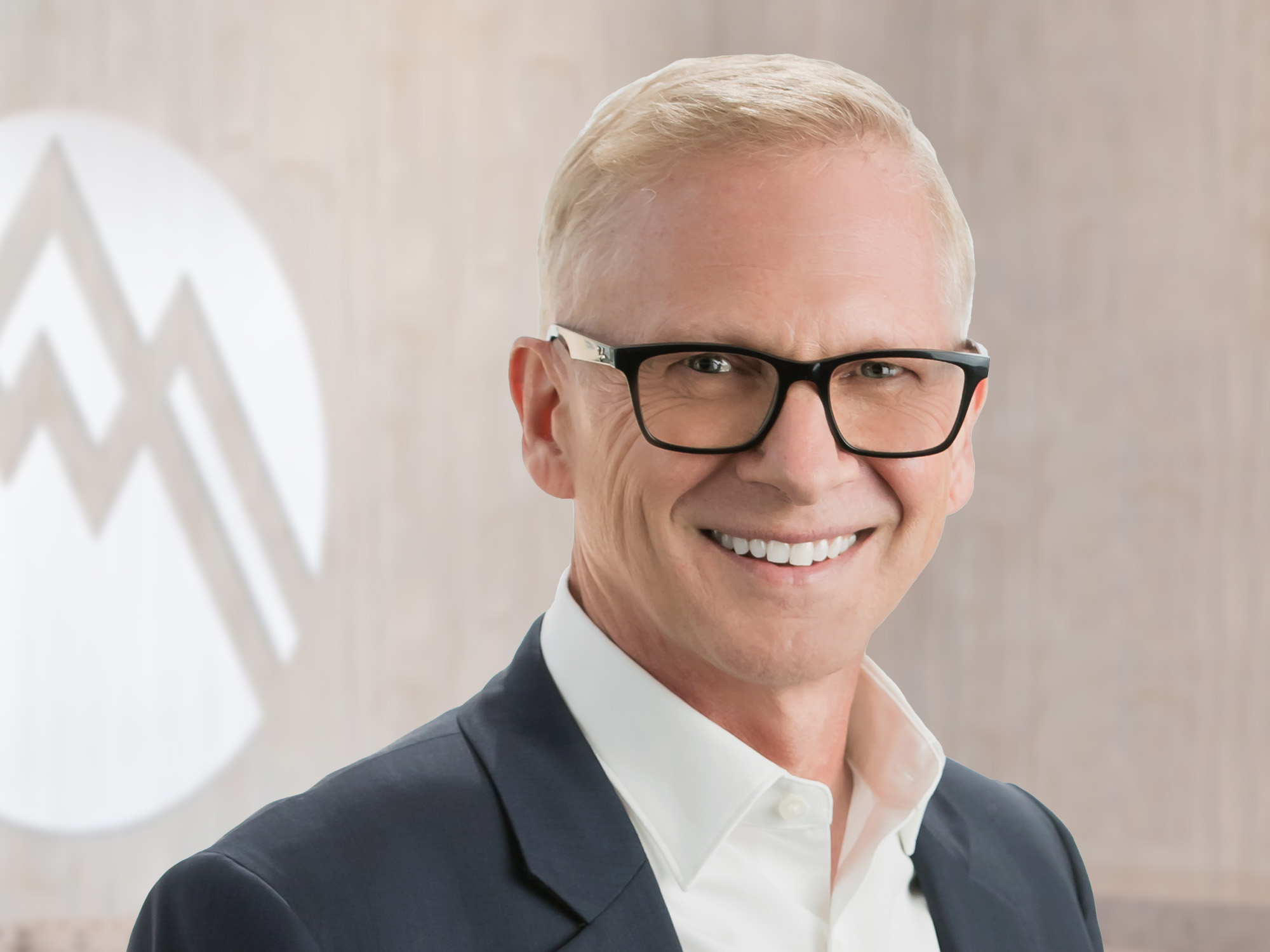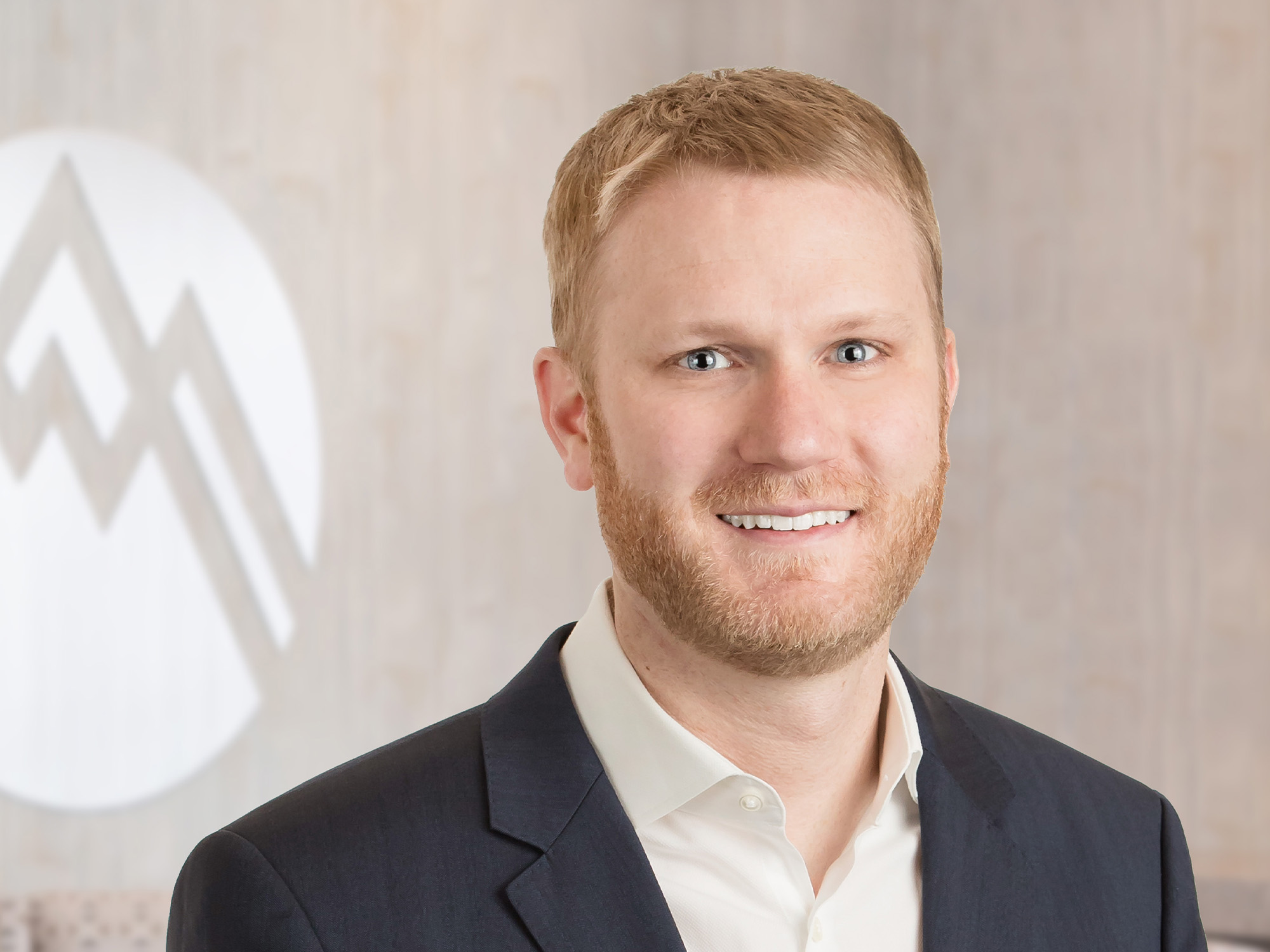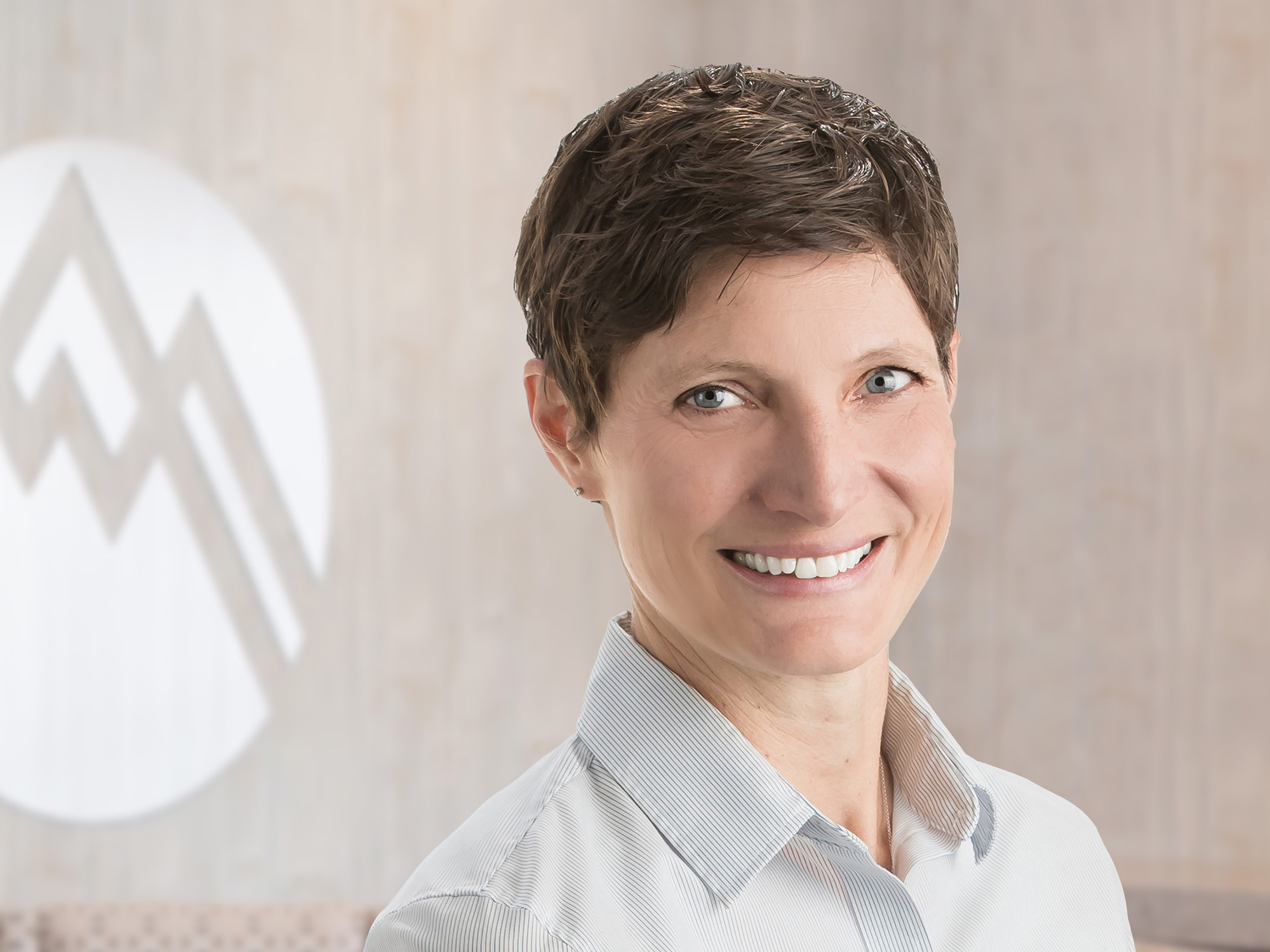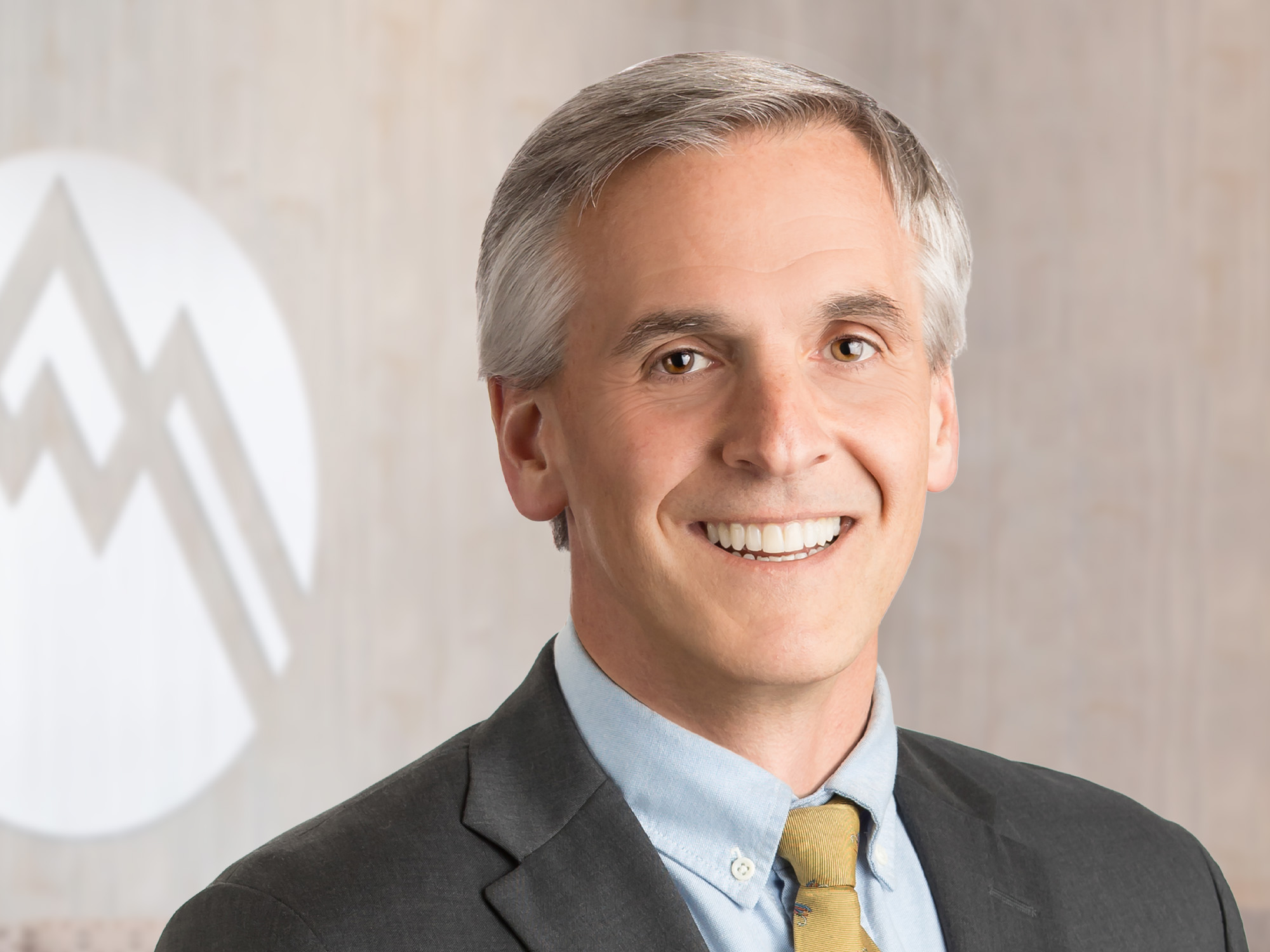If you and your surgeon determine that arthroscopic surgery is the best option for your knee issue, we tell you what to expect.
Our knees are our flexible passports through life. They help us to bend and straighten, navigate stairs and uneven terrain, and carry us through our daily activities. Strong muscles are our best protection against knee injury, but sometimes, even when we follow smart preventative measures, knee issues can occur.
A number of diseases and injuries can damage the bones, cartilage, ligaments, muscles, and tendons of the knee, including the following:
- Synovitis, an inflammation of the lining in the knee
- Acute or chronic injury, including meniscal (cartilage) tears, a worn or injured cartilage cushion
- Loose bodies of bone and/or cartilage in the knee
- Arthritis in the knee
When knee problems do occur, surgical arthroscopy procedures have been developed to treat them using high definition monitors and high resolution cameras. This effective tool is used to perform more than four million knee surgeries worldwide each year.
If you and your surgeon decide that a knee arthroscopy is the right option for you, your health will be assessed prior to surgery to identify any problems. It is important to tell your surgeon about any medications or supplements you are taking; some may have to be discontinued prior to surgery.
You’ll be instructed not to eat or drink anything after midnight on the night before your surgery. Almost all arthroscopic knee surgery is done on an outpatient basis. When you arrive for surgery, your anesthesiologist will decide with you what type of anesthesia is best for your procedure: a local anesthesia to numb your knee, a regional anesthesia to numb you below the waist, or general anesthesia that puts you to sleep.
The surgery itself involves several small incisions in your knee through which an arthroscope (for visual guidance) and tiny surgical instruments will be inserted. Depending on the procedure, arthroscopy surgery may take from 30 minutes to over an hour. The incisions will be closed with a stitch, or with small bandaids called steri-strips. After surgery, you’ll be moved to recovery, and should be able to go home within 2 hours. You will need a family member of friend to drive you home.
Recovery after knee arthroscopy is much faster than recovery after traditional open knee surgery. You’ll want to keep your leg elevated, and apply ice to relieve swelling and pain. Your surgeon will prescribe pain medication and physical therapy to help strengthen your knee and restore motion. You’ll probably need crutches during the first few weeks after surgery. Most patients are able to drive within one to three weeks following their procedure.
Most patients are able to return to physical activities within six to eight weeks, though you may need to avoid higher impact activities for a longer period of time. At Summit Orthopedics, we are committed to caring for you through the surgical process, and getting you back to the lifestyle you love safely and quickly.
Summit Orthopedics offers comprehensive sports medicine expertise
From Olympians to pro athletes to kids in youth sports and those that just want to be more active—Summit Orthopedics delivers expert care by fellowship-trained sports medicine physicians. If you are recently injured or concerned about ongoing pain, Summit Orthopedics sports medicine specialists have the expertise to evaluate your discomfort and develop a plan to quickly and safely help you get back to being active.
Start your journey to stronger, healthier athletic condition. Find your sports medicine expert, request an appointment online, or call us at (651) 968–5201 to schedule a sports medicine consultation.
Summit has convenient locations across the Minneapolis-St. Paul metro area, serving Minnesota and western Wisconsin. We have state-of-the-art centers for comprehensive orthopedic care in Eagan, MN, Vadnais Heights, MN, Plymouth, MN, and Woodbury, MN, as well as several additional community clinics.
